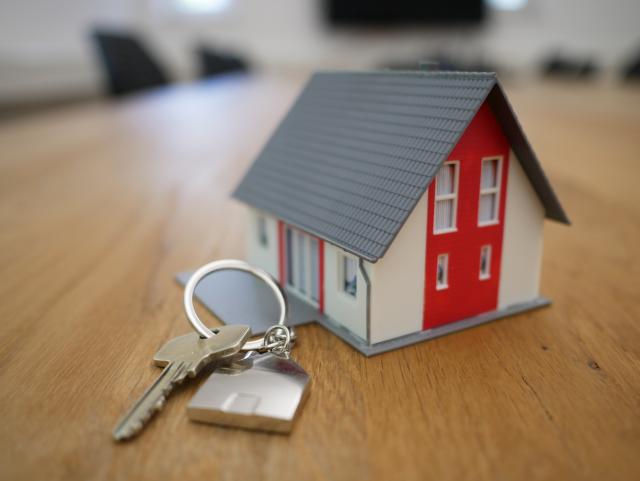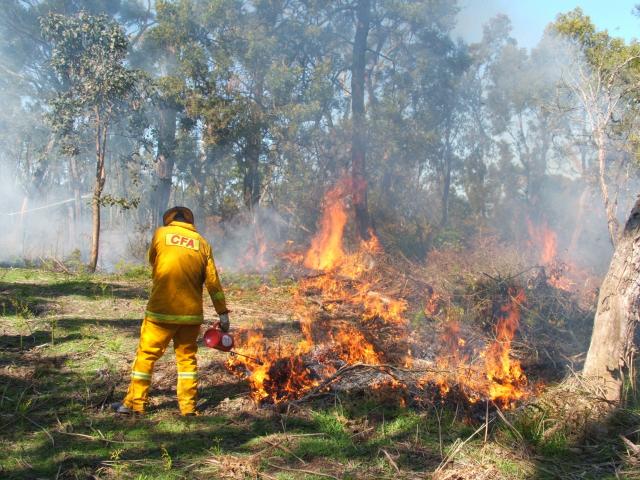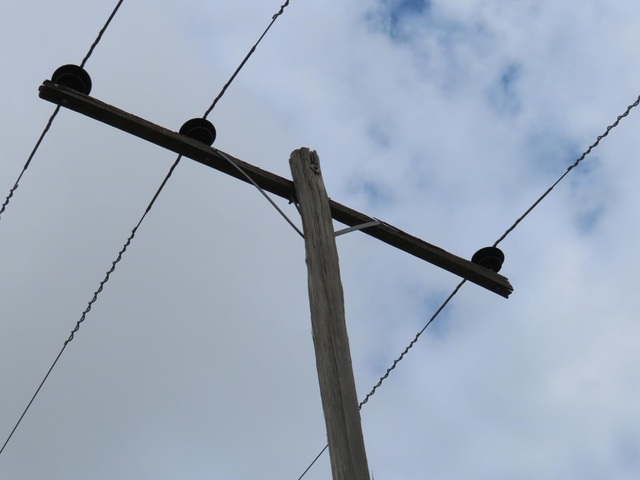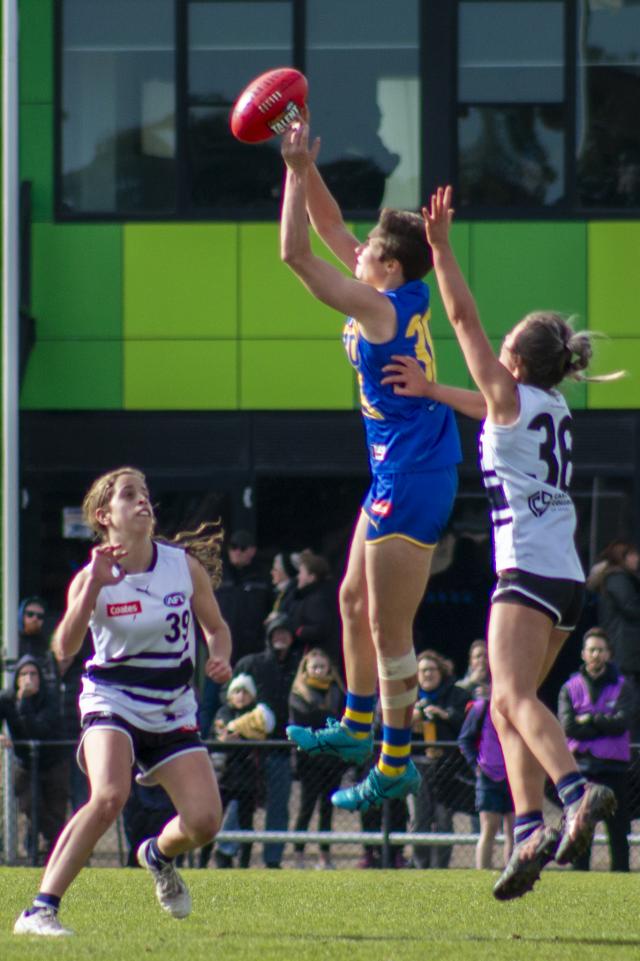Dwellings in the west and north west are holding their value, while other areas of Melbourne start to slide according to the latest data from CoreLogic.
Median dwelling prices in the west Melbourne and north west Melbourne statistical area, which comprises Maribyrnong and Hobsons Bay, Brimbank, Melton-Bacchus Marsh and Wyndham, decreased by just 0.5 and 0.4 per cent respectively in the past 12 months.
The greater Melbourne median decrease was 1.4 per cent with the inner east decreasing most in the city at 3.9 per cent.
The national median was an increase of 6.7 per cent, largely due to a 24.1 per cent increase in Perth, and Adelaide (14.8 per cent) and Brisbane (14.5 per cent) also having strong increases.
Some of the highest growth rates for dwellings in Greater Melbourne came from the north west.
Tullamarine – Broadmeadows area had the highest annual change, with a 1.9 per cent increase to $671,185 median price.
Wyndham also had a boost of 0.9 per cent, while Keilor rounded out Melbourne’s top 10 increases with an increase of 0.5 per cent.
Corelogic head of research Eliza Owen said Melbourne’s west is slightly above the rest of the city due to factors involving difficult cost of living situations.
“Home values in Melbourne’s west have seen a slightly softer decline relative to the broader Melbourne market, down just 0.5 per cent through the year to date. This is the equivalent of a $3,300 dollar fall in the median dwelling value of Melbourne’s West, which is currently $663,000,” she said.
“In the Melbourne west market, the median dwelling value to income ratio has come down to 6.2, down from a recent high of 6.7 in September quarter of 2021.
“Generally, the largest declines in home values have occurred at the high end of the market, while relatively low-value markets have been in demand amid limited borrowing capacity, and affordability constraints.
“The slowdown in housing values across Melbourne have seen some improvement in housing affordability across the city as a whole. This is amplified by a boost to incomes from falling inflation and an increase in take home pay from the stage three tax cuts. According to the latest housing affordability report form ANZ and CoreLogic, the dwelling value to income ratio for Greater Melbourne was 7.1 in June 2024, the lowest level in almost four years.”







